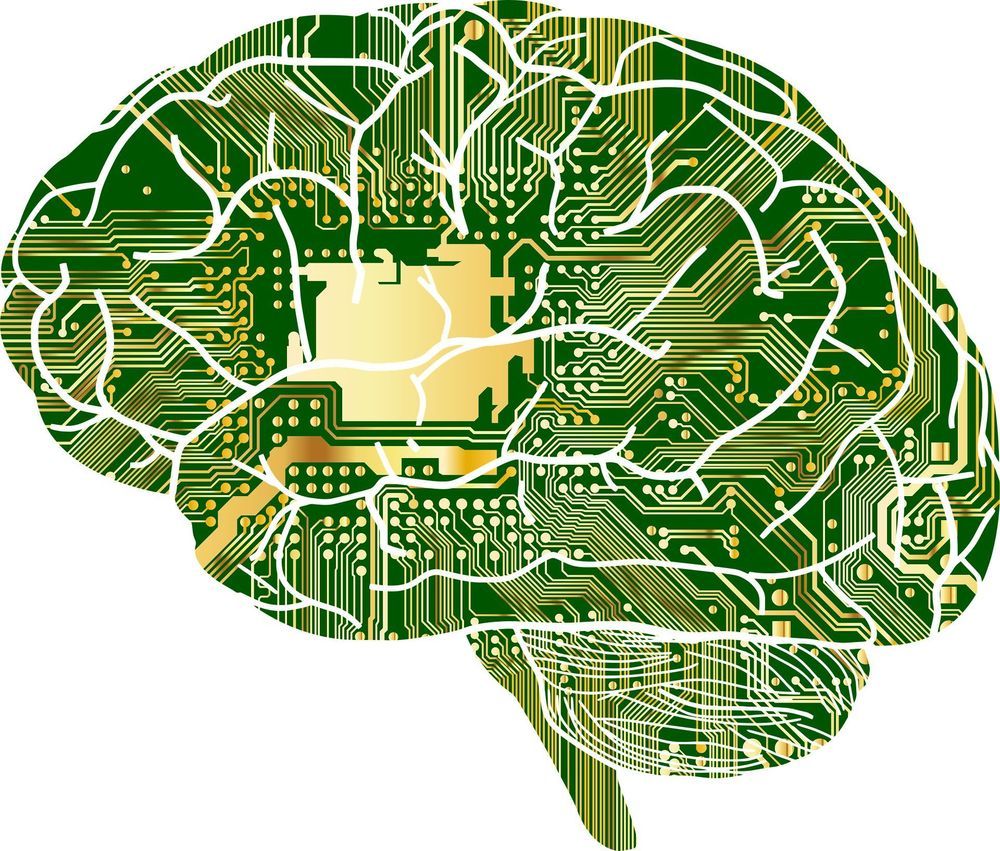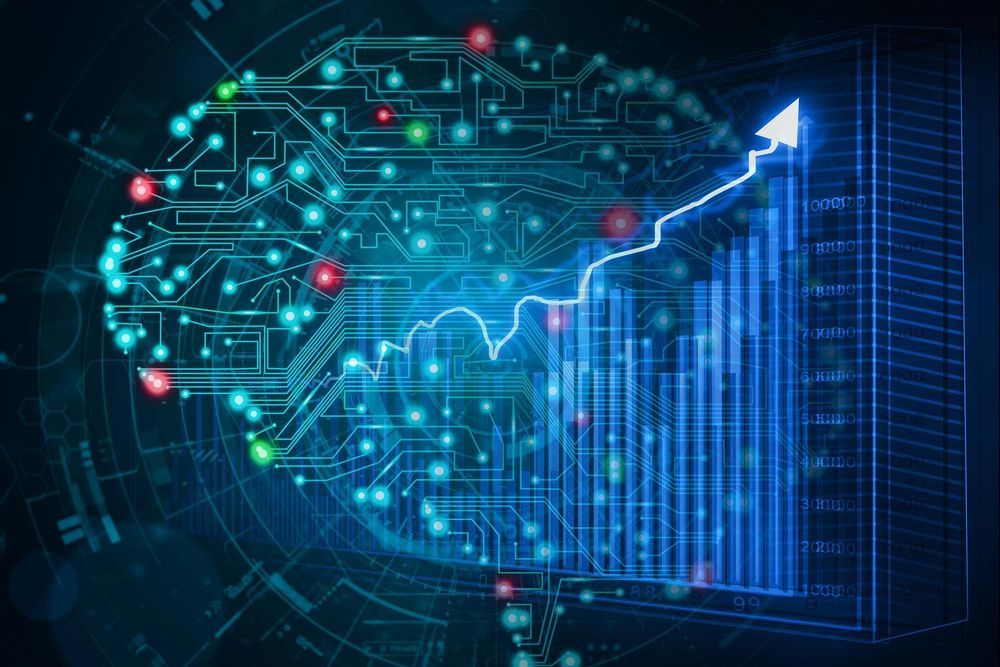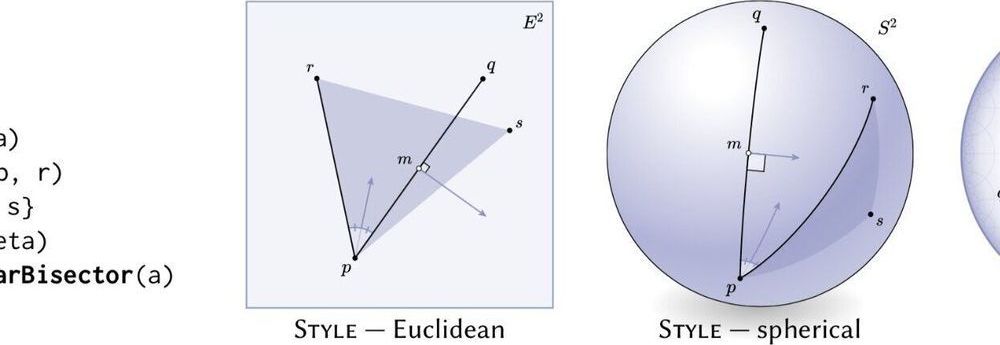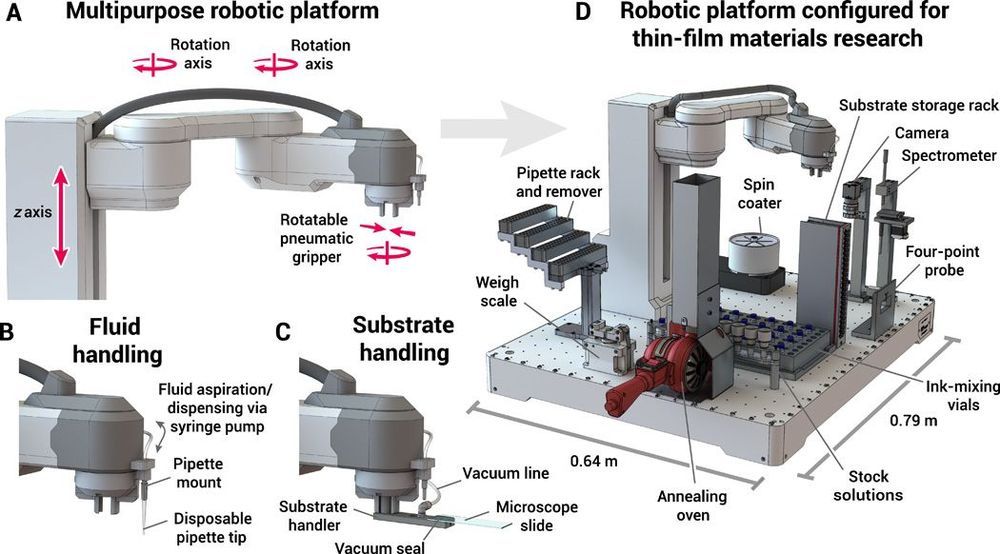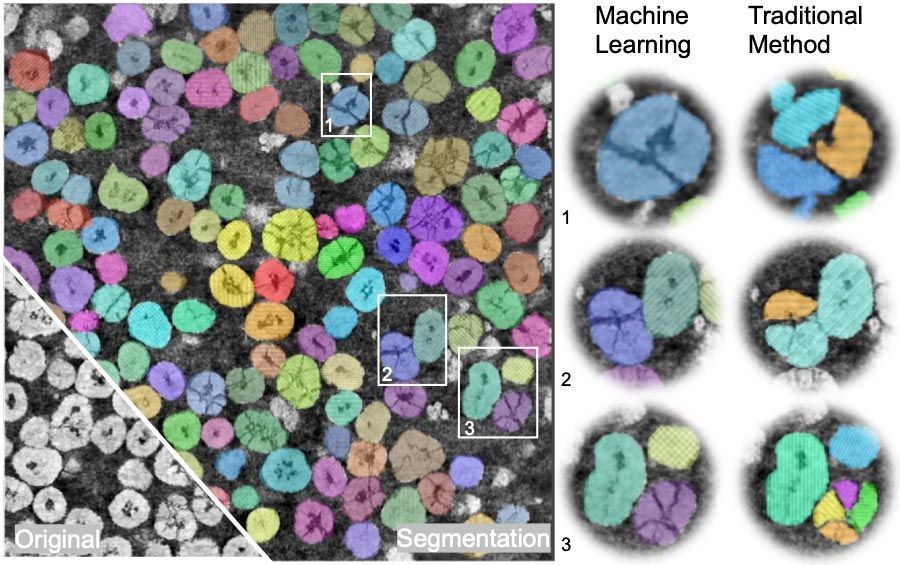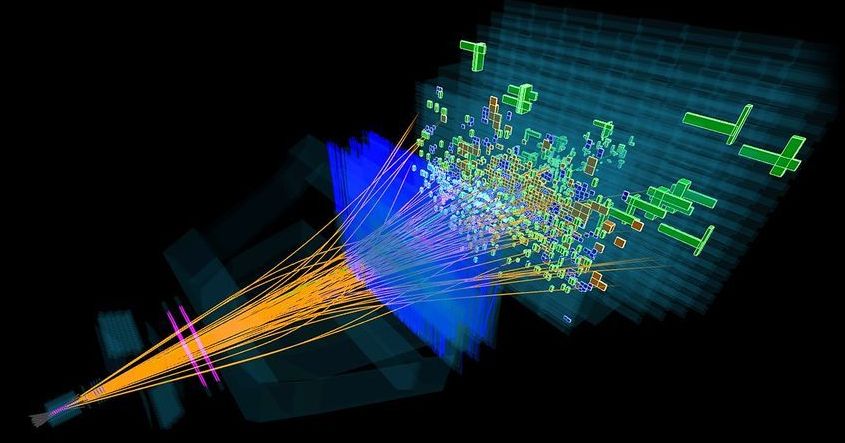The COVID-19 pandemic will have a profound impact on robotics, as more companies look to automation as a way forward. While wide-scale automation had long seemed like an inevitability, the pandemic is set to accelerate the push as corporations look for processes that remove the human element from the equation.
Of course, Locus Robotics hasn’t had too much of an issue raising money previously. The Massachusetts-based startup, which raised $26 million back in April of last year, is adding a $40 million Series D to its funds. That brings the full amount to north of $105 million. This latest round, led by Zebra Technologies, comes as the company looks to expand operations with the launch of a European HQ.
“The new funding allows Locus to accelerate expansion into global markets,” CEO Rick Faulk said in a release, “enabling us to strengthen our support of retail, industrial, healthcare, and 3PL businesses around the world as they navigate through the COVID-19 pandemic, ensuring that they come out stronger on the other side.”

